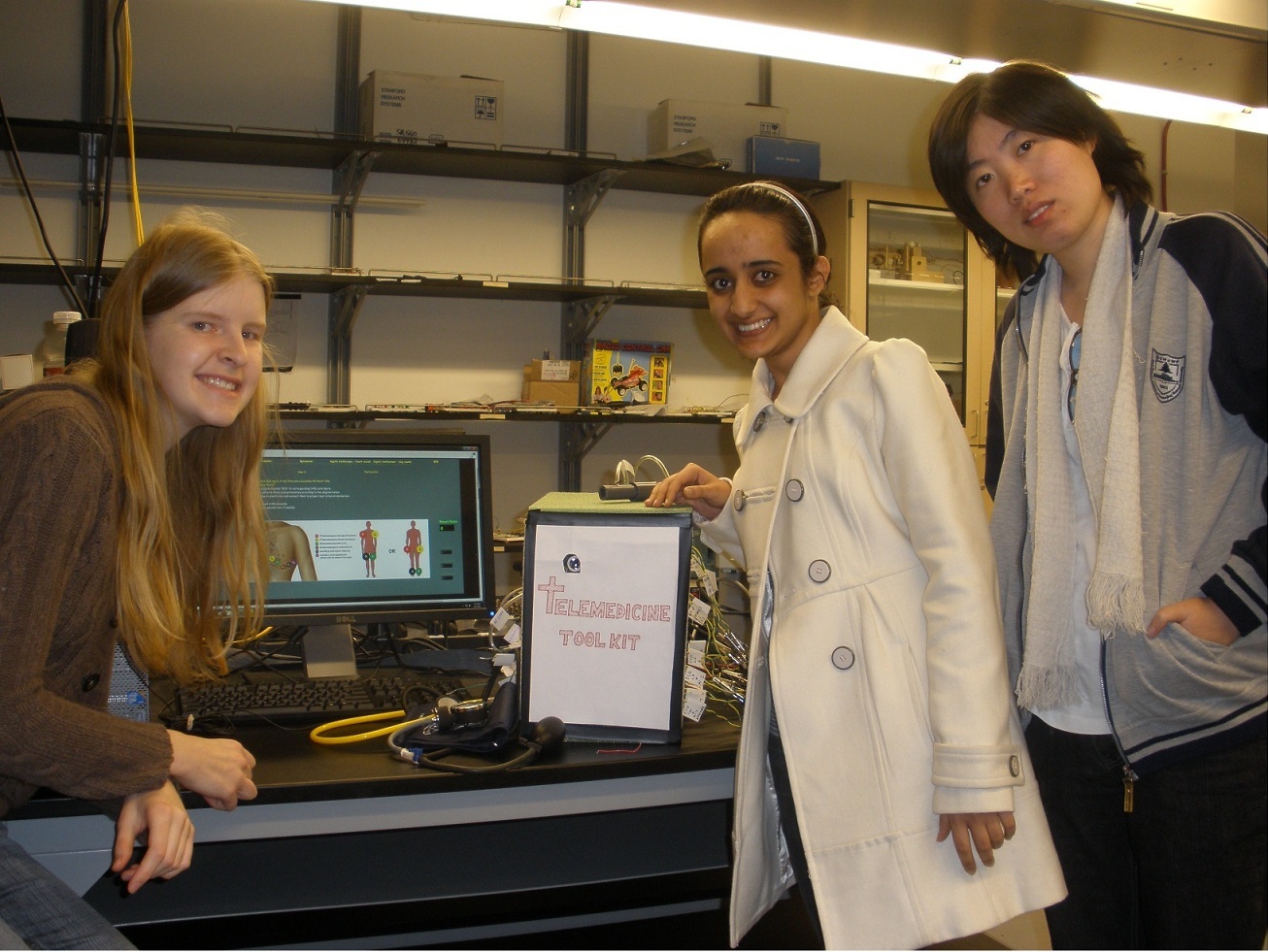- Document History
- Subscribe to RSS Feed
- Mark as New
- Mark as Read
- Bookmark
- Subscribe
- Printer Friendly Page
- Report to a Moderator
- Subscribe to RSS Feed
- Mark as New
- Mark as Read
- Bookmark
- Subscribe
- Printer Friendly Page
- Report to a Moderator
Telemedicine Toolkit Project of UMich-Ann Arbor
Contact Information
University: University of Michigan (Ann Arbor)
Team Member(s): Katherine Grosteffon, Komal Kampasi, Quan Zhou
Faculty Advisors: Dr. Fan Xudong
Email Address: kkomal@umich.edu, zhouquan@umich.edu
Project Information
Title: Telemedicine Toolkit
Description:
The goal of the project is to design electronic circuitry to accommodate the operation of five biomedical instrumentation devices, a way to interface all signals with LabView, and a program to display data from each device in one user-friendly program.
Products:
NI hardware: NI DAQ Card BNC-2110
NI software: LabVIEW 9.0.1
The Challenge:
It is often difficult for the patients from remote areas to receive immediate medical attention or a Specialist’s health advice at times of need. A Telemedicine device would solve this problem by linking urban medical centers of excellence (the “host") to smaller, often rural,general community hospitals and health centers. The primary purpose of telemedicine in this environment would be to provide remote clinical diagnosis and treatment to the patients who need an immediate healthcare advice. However, it can befurther extended to be used for remote continuing medical education, and accessto central data repositories for electronic patient records, test results, andcare outcomes.
The Solution:
The proposed architecture of this project accommodates five different patient monitoring systems: a 12 lead ECG, a Pulse Oximeter and BloodPressure Measurement, and a Spirometer and Digital Stethoscope. These circuits are built on a circuit board using suitable operational amplifiers, differential amplifiers, resistors, capacitors and other required hardware. These individual systems are then integrated together into a single, compact and more practical design. Finally, the hardware is interfaced with a computer using LabVIEW software that displays data and generates results in a user friendly format.
LabVIEW, visual programming language from NI, provides an extensive support for accessing instrumentation hardware. We believe, it has numerous advantages over other development environments, which majorly includes:
1. Interfacing:
NI provides Drivers for many different types of instruments. The Driver conveniently interfaces saved program with the hardware. It provides independent hardware access to numerous data acquisition and instrumentation devices and is available for LabVIEW on Windows, Mac OS X and Linux platforms. The major advantage of National Instruments is, therefore, that even people with limited coding experience can write programs and deploy test solutions in a reduced time frame when compared to more conventional or competing systems.
2. Code Compilation:
LabVIEW includes a compiler that produces native code for the CPU platform. The graphical code is translated into executable machine code by interpreting the syntax and by compilation. The LabVIEW syntax is strictly enforced during the editing process and compiled into the executable machine code when requested to run or upon saving. The run-time engine reduces compile time and also provides a consistent interface to various operating systems, graphic systems, hardware components, etc. The run-time environment makes the code portable across platforms.
4. Extensive Libraries
Many libraries with a large number of functions for data acquisition, signal generation, mathematics, statistics, signal conditioning, analysis, etc., along with numerous graphical interface elements are very helpful in generating extensive programs with ease. The number of advanced mathematic blocks for functions such as integration, filters, and other specialized capabilities usually associated with data capture from hardware sensors is immense, whose capacity and was fully utilized in our project.
Project images:
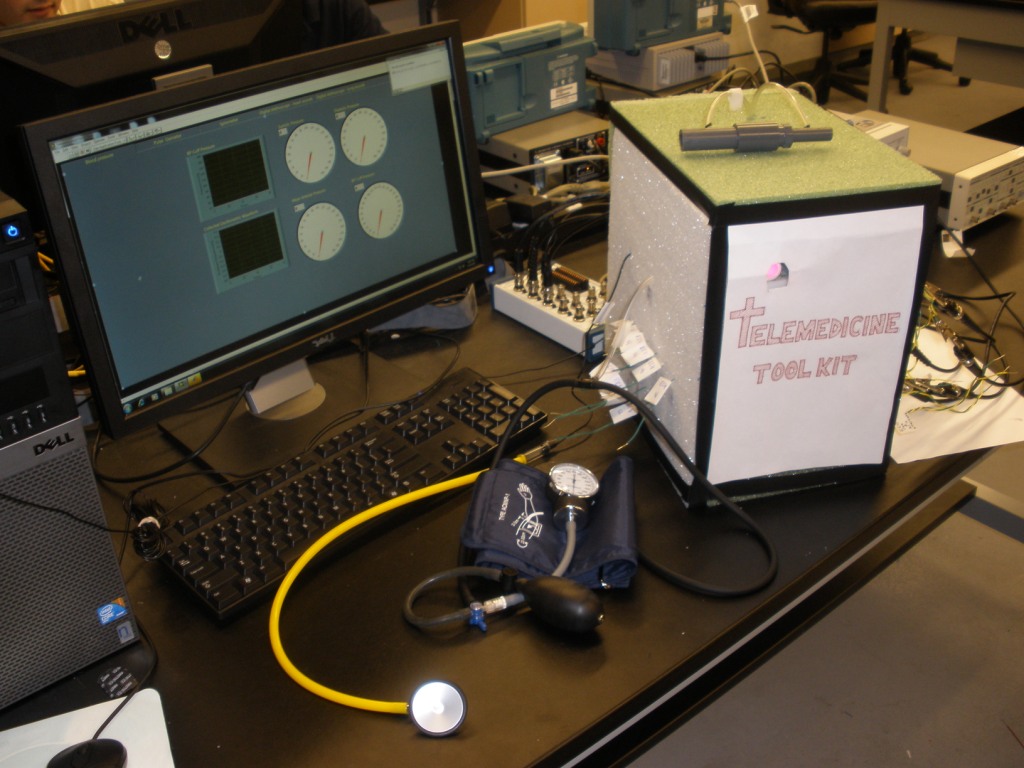
Telemedicine Toolkit hardware and software interface
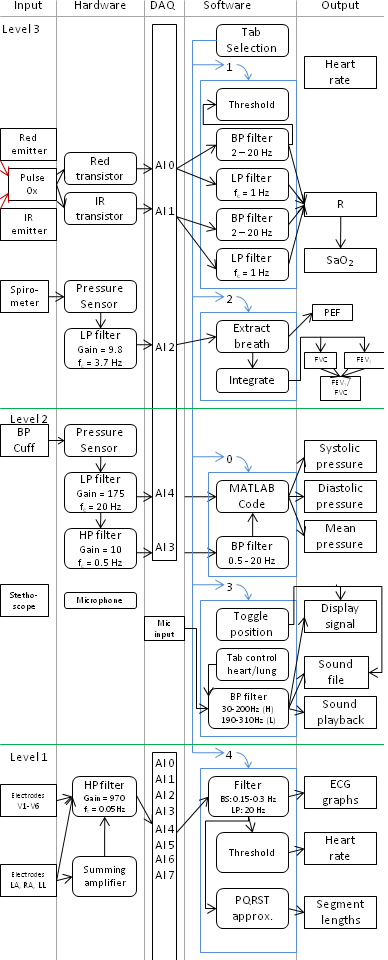
System Block diagram

Device circuitry

Toolkit design dimensions
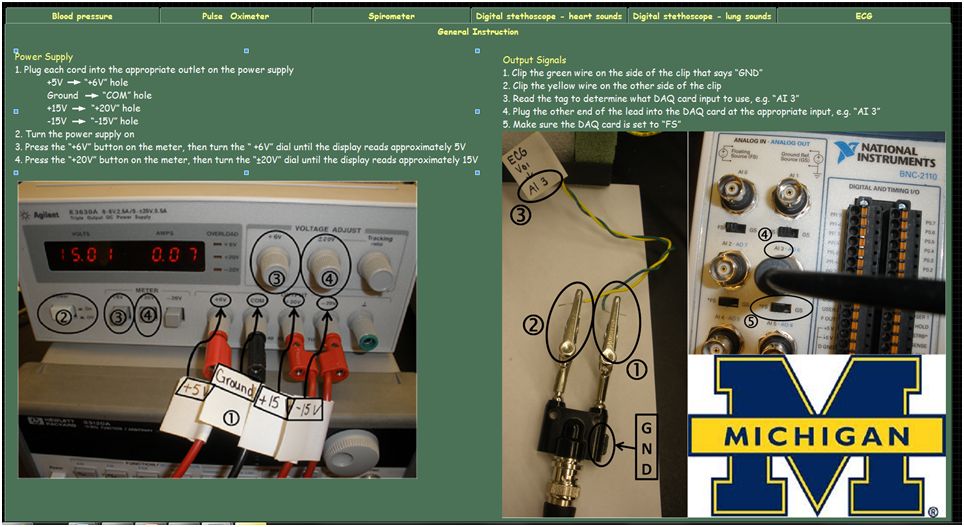
LabVIEW front panel--General Instruction on power suply and connection
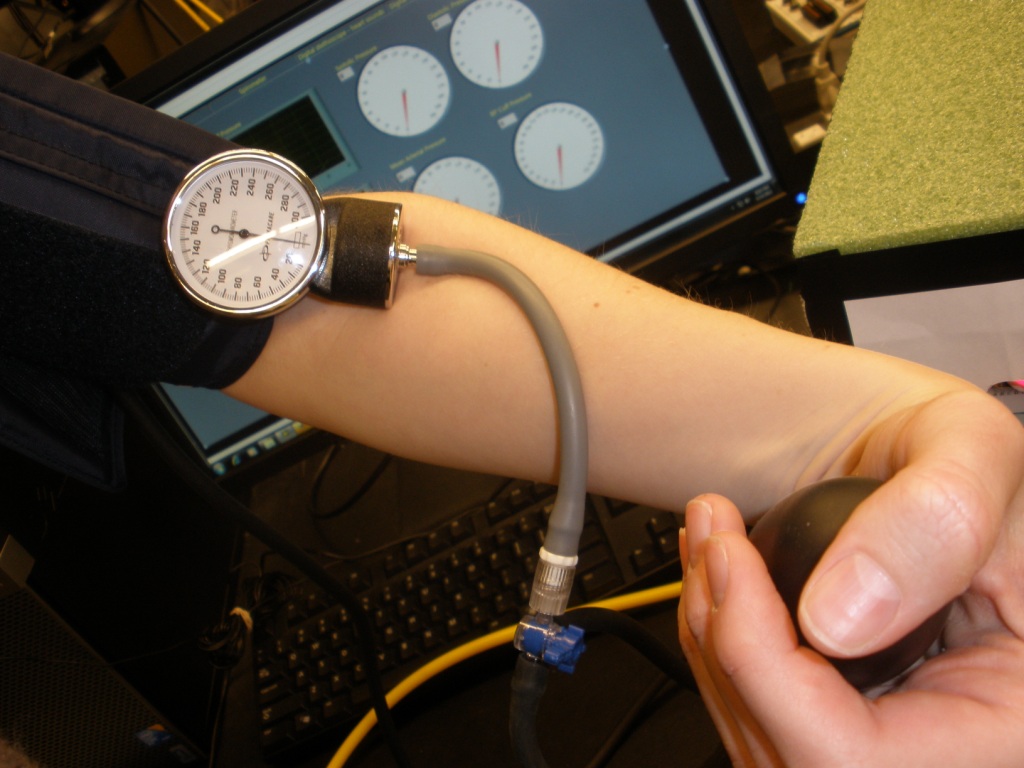
Blood pressure cuff in operation
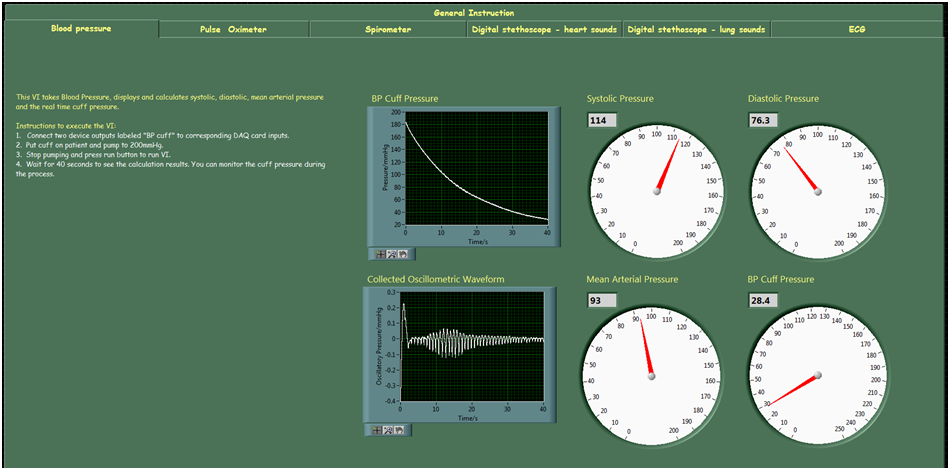
Blood pressure cuff LabVIEW front panel
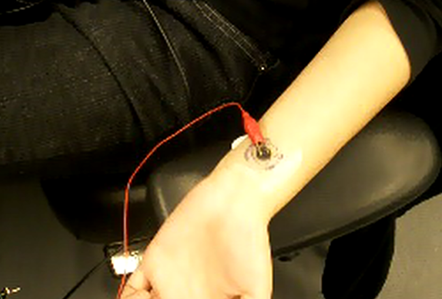
ECG in operation
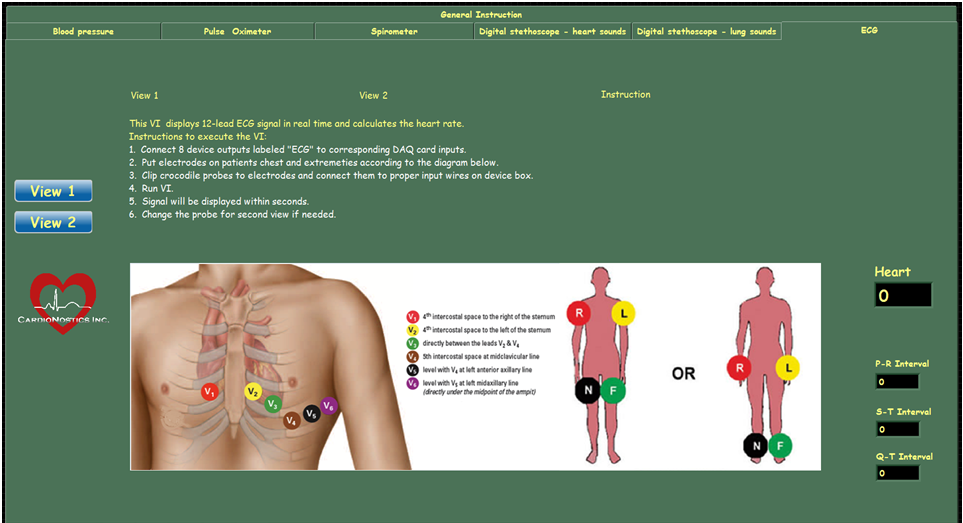
ECG LabVIEW front panel--user instructions
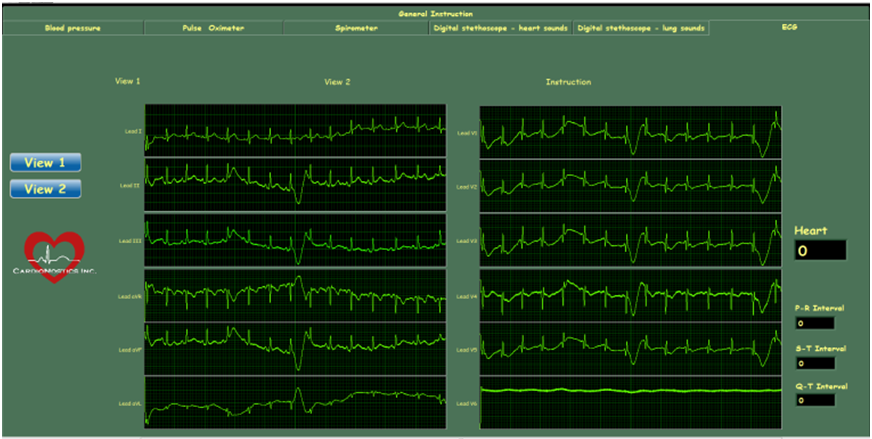
ECG LabVIEW front panel--signal display
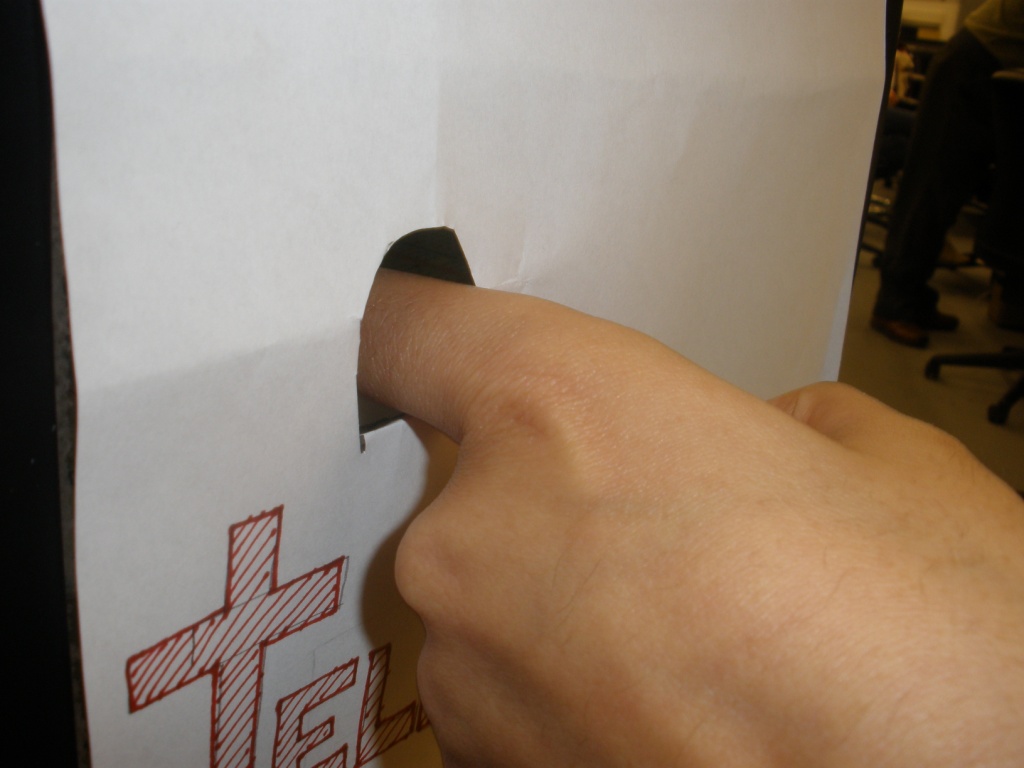
Pulse oximeter in operation
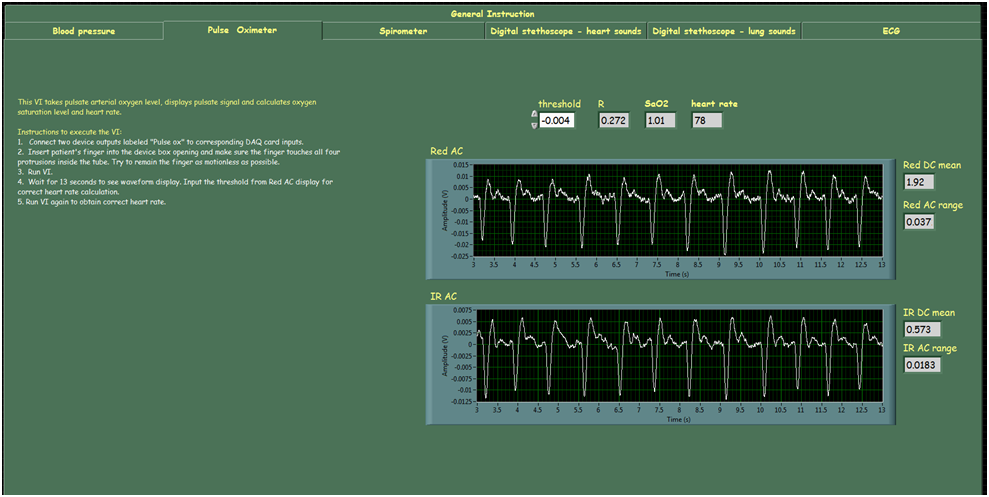
Pulse oximeter LabVIEW front panel
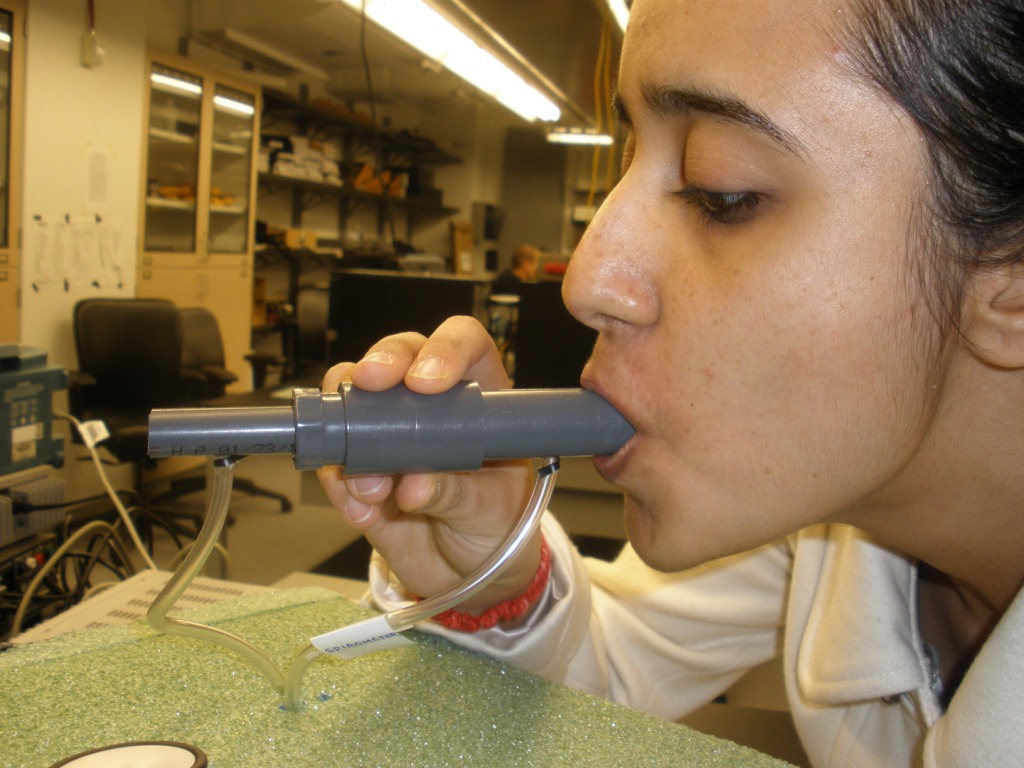
Spirometer in operation
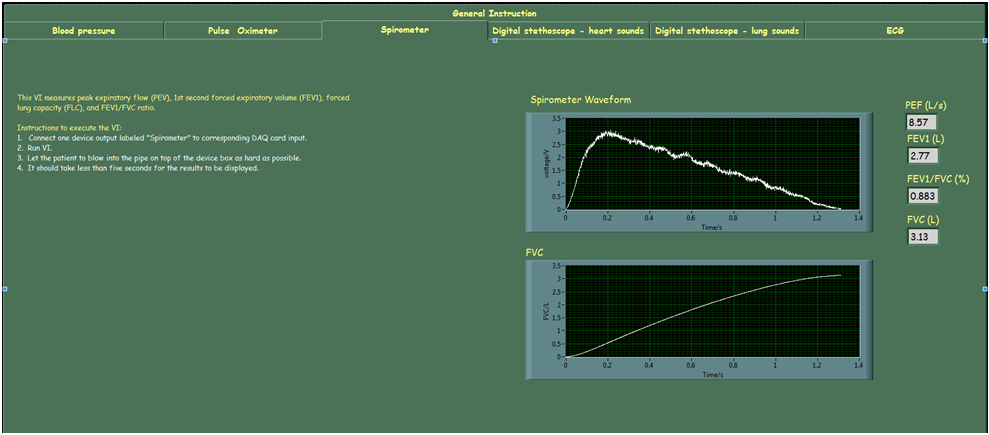
Spirometer LabVIEW front panel
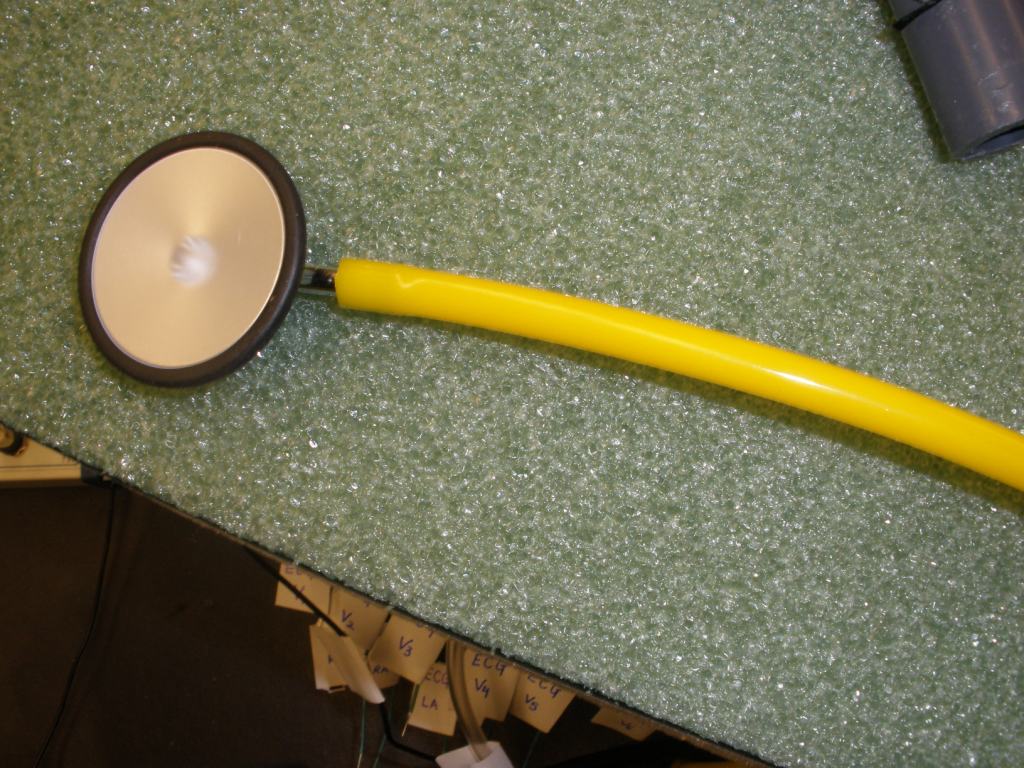
Digital Stethoscope
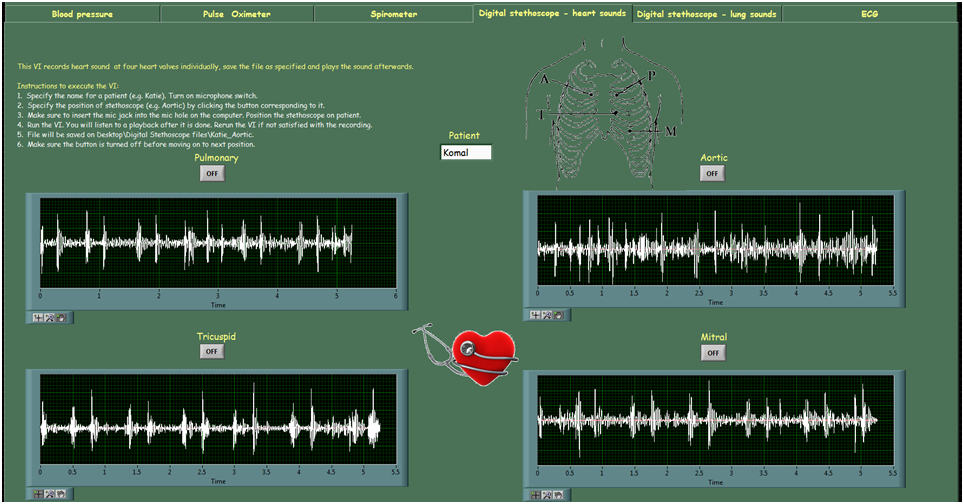
Digital stethoscope (heart sound) LabVIEW front panel
Demo videos:
Acknowledgement:
We sincerely thank Dr. Xudong Fan, Professor in the Department of Biomedical Engineering, University of Michigan; for giving us the opportunity to work on this project. We thank Dr. Sanjaya Gupta for giving us the freedom and encouragement to work and apply our ideas. We also thank our GSIs, Paras Patel and Abdulrahman Aref for their constant support and guidance. Lastly, we thank Joe Labuz, Scott Lim, Neal Rakesh, Boyang Zhao, Neel Kachalia, Kerim Kayland, Sharon Wei, Michael Weist, Russel Corvese, Trevor Tobel, and Chris Jaeger, fellow University of Michigan students who worked on individual medical devices last semester and graciously allowed us to expand upon their work and develop this integrated telemedicine toolkit.
Nominate Your Professor:

Dr. Fan joined the Biomedical Engineering faculty at University of Michigan in 2010. He's been teaching the BME458 Biomedical Instrumentation and Design for two semesters and has gained quite some fame for it. I myself elected his class because it was recommended by many students and faculty members I talked to.
At first, the class seemed intimidating, with the longest syllabus we've ever seen (9 pages single space), a practical exam, scientific notebook write-up and group report for each lab module, an independent design project. Many students in the class had little or no electronics experience or had never used LabVIEW before. But Dr. Fan showed us how easy it is to pick up LabVIEW and how much you can do with its help in one's projects, by tailor designing biomedical related lab modules, e.g. spirometer, where analog signal is digitized and processed by LabVIEW for analysis and display. He's always around to share his expertise and help trouble shoot problems we run into. In the final design project, Dr. Fan matched student groups with U of M medical school sponsors to design novel devices that serve certain medical needs of the sponsors, such as operation procesure training devices that provide feedback to the trainee. Students have to come up with their own design, purchase electric and device parts on their own, put them together from scratch and test the system for end use. It was a lot of fun and we obtained the valuable hands-on experience one could not learn from textbook reading. (Check out Dr. Fan's lab at U of M:http://www.bme.umich.edu/labs/fanlab/)
- Mark as Read
- Mark as New
- Bookmark
- Permalink
- Report to a Moderator
Hi MoMo,
Thank you so much for your project submission into the NI LabVIEW Student Design Competition. It's great to see your enthusiasm for NI LabVIEW! Make sure you share your project URL(https://decibel.ni.com/content/docs/DOC-16482) with your peers and faculty so you can collect votes for your project and win. Collecting the most "likes" gives you the opportunity to win cash prizes for your project submission. If you or your friends have any questions about how to go about "voting" for your project, tell them to read this brief document (https://decibel.ni.com/content/docs/DOC-16409).
I'm curious to know, what's your favorite part about using LabVIEW and how did you hear about the competition? Nice work with the NI myDAQ!
Good Luck, Jessica in Austin, TX.
- Mark as Read
- Mark as New
- Bookmark
- Permalink
- Report to a Moderator
Thank you, Jessica, for your comments! I like LabVIEW because it's easy to pick up and use for one doesn't have to go about crazy coding, and all modules are in-built and ready to use. Even people from non-programming background like myself can understand and take advantage of it readily. I took a Biomed Instrument Design course in the winter semester 2011, and the GSI of our class had won the grand prize of the competition before. The professor and GSI's encouraged us to join the competition throughout the semester.![]()
- Mark as Read
- Mark as New
- Bookmark
- Permalink
- Report to a Moderator
hello can i ask for the program vi labview?
